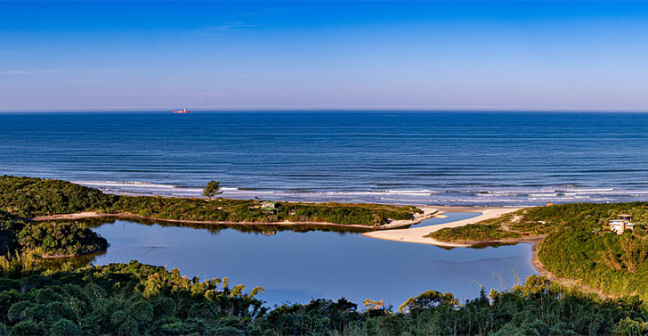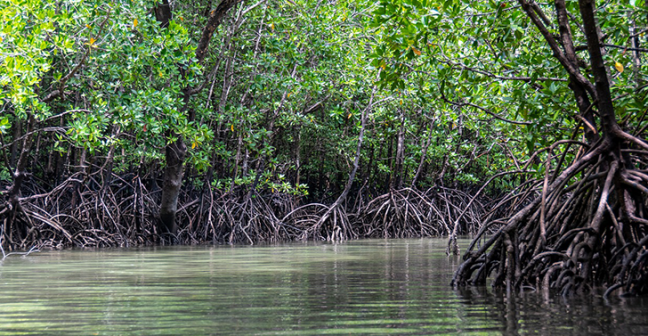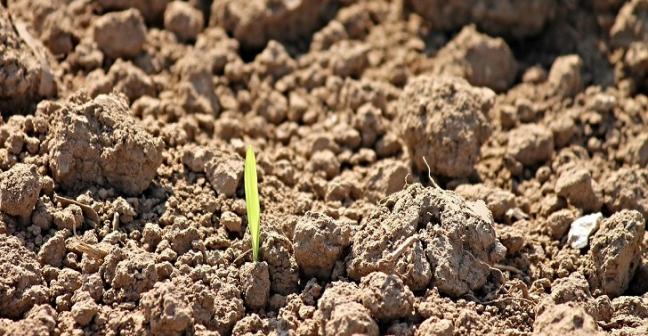Climate change is one of the most significant challenges of our time: global warming is causing the rise of extreme weather events and natural disasters, declining diversity of life on earth, increased disease and threats to health, loss of lives, mass displacement, and major impacts on...
Members' Area Closed
From 10th November to 18th November, the Members' Area of the website will be offline as we move to a new website and upgraded Members' Portal. This means that you will not be able to update your details, complete forms or record your CPD for this week. We apologise for any inconvenience this may cause.
Webinars content
Lagoons provide an array of fundamental resources and ecosystem services that are necessary for the wellbeing of coastal communities in many parts of the world. However, the sustainability of lagoons and communities who rely on them are under increasing pressure from a complex set of...
The recent report by Working Group 2 of the Intergovernmental Panel on Climate Change (IPCC) provided a comprehensive review of the current conditions and flows of finance for adaptation. This report is essential for helping to understand how climate finance works for resilience. Furthermore, it...
The remediation of contaminated sites, and the productive reuse of marginal, derelict and vacant land, is often focused solely on built development or a return to agriculture. This is as a result of the traditional approaches to valuing land which prioritise built/manufactured capital over...
The environment sector was ranked the second least ethnically diverse in the UK in 2017, with just 3.1% of environment professionals identifying as any ethnicity other than White British, versus 19.9% in all other occupations. We believe there is a clear need for continued research, education...
Science and research is at the core of work to tackle major public health challenges such as new and emerging infections of high consequence or pandemic potential, climate change, air pollution, antibiotic resistance and vaccine confidence.
This webinar focused on chemical and...






